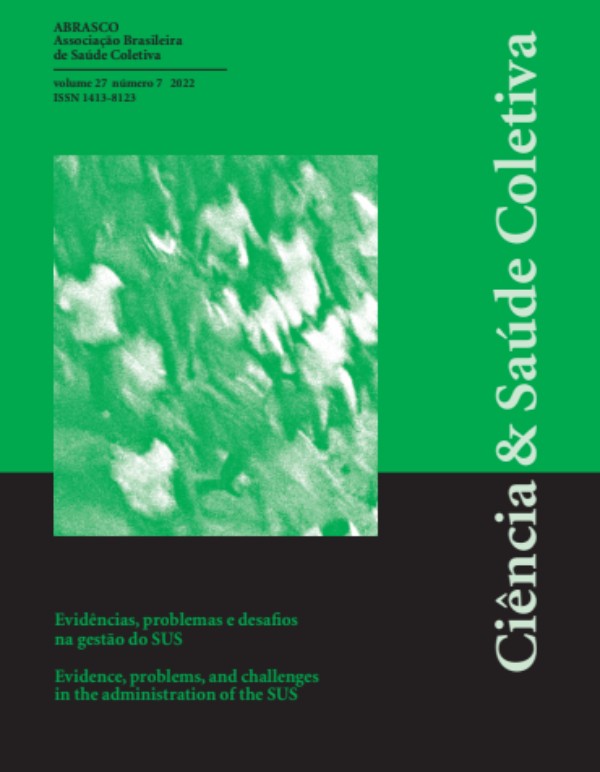0035/2022 - Years of Life Lost (YLL) due to Drug-Related Deaths in Iran (2014-2017): A Temporal and Geographic Pattern
Author:
• Abbas Alipour - Alipour, A. - <alipour.abbas59@gmail.com>ORCID: https://orcid.org/0000-0003-0781-3728
Co-author(s):
• Masoudeh Babakhanian - Babakhanian, M. - <babakhanian.m@gmail.com>ORCID: https://orcid.org/0000-0002-6128-8023
• Mehran Zarghami - Zarghami, M. - <mehran.zarghami@gmail.com>
ORCID: https://orcid.org/0000-0002-7027-0992
• Ardeshir Khosravi - Khosravi, A. - <ardeshir1344@yahoo.com>
ORCID: https://orcid.org/0000-0002-5639-2520
• Mehdi Saberi - Saberi, M. - <saberi_md@yahoo.com>
ORCID: https://orcid.org/0000-0002-5817-7701
Abstract:
Introduction: The present study aimed to measure the mortality burden caused by premature death due to substance abuse in different geographical regions of Iran from2014-2017.Methods:In this serial cross-sectional study, the data related to individuals, who had died of drug abuse from2014-2017 were first collectedtwo sources (Iranian Ministry of Health and the Iranian Legal Medicine Organization). Then, using the capture-recapture method, the number of drug-related deaths was estimated. The years of life lost (YLL) for all provinces of Iran was calculated based on age, sex, and year.
Results:During four year, the total number of deaths was12029. The mean age of the individuals was37.3±14.1.The mean age of dead people was constant in women and men over this period years; however, the mean age of dead women due to substance abuse was lower than that of men. Among men, Isfahan, Khorasan Razavi, Kermanshah, and Fars provinces had the highest rates of YLL, while, in women, the highest values of YLL were connected to Isfahan, Khorasan Razavi, and Fars provinces. Moreover, during the studied period, the mean YLL per dead person was 70131.3329 years for men and9321.1125 years for women. Besides, during the studied period, the potential years of life lost (YLL) showed an upward trend, which was stronger in women than men.
Conclusion:It is necessary to perform more regional overviews for finding differences in the number of years of life lost due to substance abuse so that specific regional policies (e.g., therapies based on effective evidence, risk-reduction programs, and coping laws) can be adopted.











